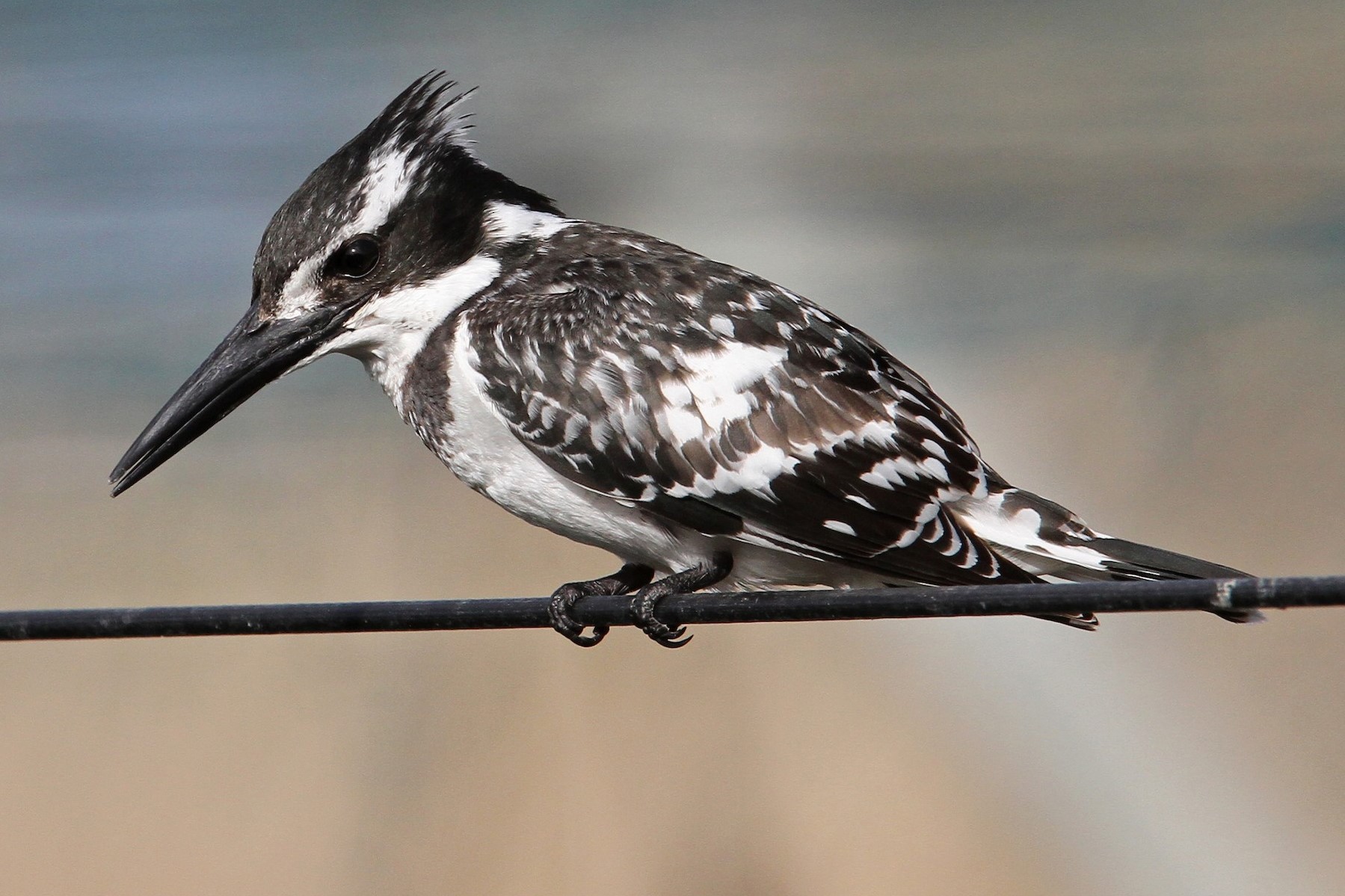The Graceful Pied Kingfisher: A Natural Wonder of Uganda
The Pied Kingfisher (Ceryle rudis). Uganda, often referred to as the “Pearl of Africa,” is a country blessed with an incredible diversity of wildlife and a rich ecosystem; Among the many avian treasures that grace this nation’s landscapes, the Pied Kingfisher (Ceryle rudis) stands out as a true marvel. This magnificent bird, known for its striking appearance and exceptional hunting skills, is a prominent resident of Uganda’s waterways.
Appearance – The Pied Kingfisher (Ceryle rudis)
The Pied Kingfisher is instantly recognizable with its distinctive black and white plumage. Its plumage resembles a formal tuxedo, making it one of the most elegant and striking birds in the region. The contrast of black feathers on its head and upper body and a pristine white underbelly and wings makes it a sight to behold; These striking colors not only make the Pied Kingfisher visually appealing but also serve as excellent camouflage when hunting for its aquatic prey.
Habitat and Range:
Pied Kingfishers are widespread across Africa, and Uganda is no exception to their presence. These birds are commonly found in and around freshwater bodies such as lakes, rivers, swamps, and ponds. Uganda’s abundance of water bodies provides the Pied Kingfishers with an ideal habitat to thrive. Lake Victoria, the largest freshwater lake in Africa, is one of the prime locations where these birds are commonly spotted.
Behavior and Diet – The Pied Kingfisher (Ceryle rudis)
Pied Kingfishers are known for their remarkable hunting prowess. They are often seen hovering in the air before executing a precise and lightning-fast dive to catch fish or other aquatic prey; Their keen eyesight helps them spot their prey from high above, and their sharp beaks are perfectly adapted for snatching fish from the water’s surface. In addition to fish, they also feed on aquatic insects and crustaceans.
Breeding:
Pied Kingfishers are known for their complex courtship rituals, where males perform elaborate displays, including hovering flights and calling, to attract potential mates and they typically nest in burrows dug into the banks of water bodies; Both male and female participate in digging and excavating the nesting site, which is an impressive example of cooperation in the bird world. These nesting sites are used for rearing their young and provide a safe environment for their eggs.
Conservation Status – The Pied Kingfisher (Ceryle rudis)
While the Pied Kingfisher is not currently listed as a species of concern, it is vital to monitor and protect their habitats; The health of Uganda’s water ecosystems, including the conservation of freshwater resources, is crucial to ensuring the continued well-being of these remarkable birds.
Remarks – The Pied Kingfisher (Ceryle rudis)
Conclusively, the Pied Kingfisher is a true symbol of Uganda’s rich and diverse avian life. Its striking appearance, extraordinary hunting skills, and fascinating behaviors make it a captivating subject for birdwatchers, nature enthusiasts, and tourists visiting Uganda ;These birds, with their graceful presence along the country’s waterways, serve as a testament to Uganda’s commitment to preserving its natural heritage, As the nation continues to prioritize conservation efforts, the Pied Kingfisher will hopefully remain a symbol of the country’s natural beauty for generations to come.








